what is BRC fencing
What is BRC Fencing? A Brief Overview
BRC fencing is a kind of fence made from welded wire mesh. It's known for its unique roll top and bottom design. This design makes the fence safe because it doesn't have any sharp edges. BRC stands for British Reinforced Concrete, but don't let the name fool you – this fence isn't made of concrete. It's actually made of strong steel wires welded together.
The fence usually comes in various heights and widths, and you can pick from different mesh sizes too. What makes it really stand out is the way it's treated to avoid rust. It's often galvanized or coated with a layer of polyester in different colors like green, white, red, or black. This not only protects the fence but also gives it a nice look.
People use BRC fences in lots of places. You might see them around homes, schools, parks, or businesses. They're popular because they're strong, last a long time, and look good too. Plus, they're safe with their rolled edges, making them a friendly choice in places where kids and families spend time.
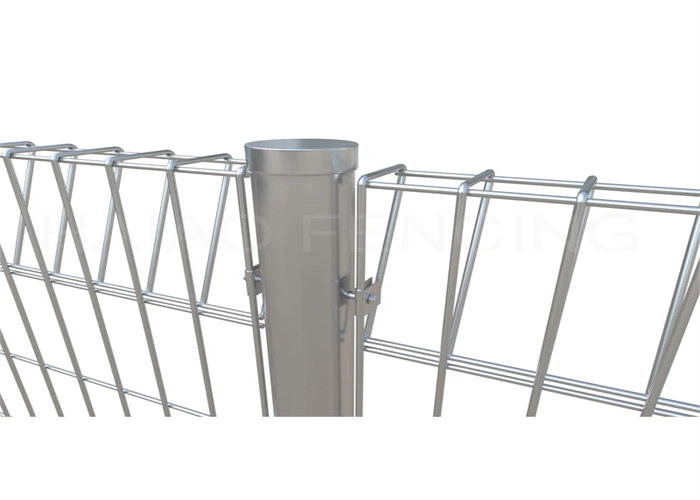
Understanding BRC Fencing: More Than Just a Name
"BRC" in BRC fencing stands for "British Reinforced Concrete." However, this name can be a bit confusing. Despite what it sounds like, BRC fencing is not made from concrete at all. Instead, it's made from a special type of wire mesh. So, why the name? Well, the fencing style originally got its name because it was created by a company known for working with reinforced concrete. But the fence itself is all about metal wires, not concrete.
This type of fence is made by welding steel wires together to form a strong mesh. The mesh is then shaped and used to create fence panels. The design is quite smart – the top and bottom of the fence are rolled over. This means that the edges are curved back on themselves, making the fence safe to touch. There are no sharp or pointed parts on the top or bottom, which is great for safety.
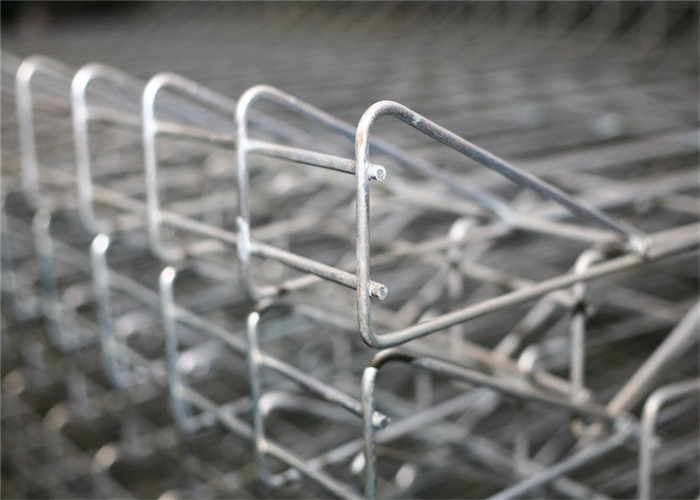
The Story Behind BRC Fences: From Origins to Modern Design
Early Designs: In the beginning, BRC fences were quite basic. They were made from crisscrossing wires welded together at intersections to form a mesh. This mesh was then used to create fence panels. The early designs were focused on functionality, providing a sturdy barrier that could be used in various settings.
Material Evolution: Originally, BRC fences were made from less durable materials, which meant they could rust or wear out more quickly. But as time went on, improvements in materials and manufacturing processes led to the use of higher quality steel. This change significantly increased the strength and lifespan of the fences.
Innovations in Safety and Aesthetics: One of the most significant changes in BRC fencing was the introduction of the roll top and bottom design. This innovation rounded off the sharp edges of the fence, making it much safer, especially in places like parks or schools where children might be around. It was a game-changer in terms of safety and quickly became a defining feature of BRC fences.
Modern BRC Fences: Today, BRC fences have come a long way. They are now available in various sizes, designs, and even colors thanks to advanced coating technologies. Galvanizing (coating the steel with zinc) and powder coating (covering the steel with a layer of protective paint) are common methods to prevent rust and add a splash of color. These improvements have made BRC fences not just practical, but also an aesthetically pleasing option for different settings.
What is BRC Fencing : A Closer Look at the Details
Materials Used:
BRC fences are mainly made from steel wire. Steel is known for its strength and durability, which makes it perfect for a fence that needs to stand up to weather, pressure, and time. The wires are welded together at each intersection, creating a mesh that forms the basis of the fence.
Roll Top and Bottom Design:
One of the unique features of BRC fences is their roll top and bottom design. This means the top and bottom edges of the fence are rolled over to form a smooth, rounded edge. This design is really important for safety. It gets rid of any sharp edges, so people, especially kids, won't get hurt if they touch the fence. It also adds to the fence's strength, making it more rigid and stable.
Wire Diameters and Mesh Sizes:
BRC fences come in various wire thicknesses and mesh sizes. The wire diameter can range, but common sizes are around 5mm. The mesh size refers to the size of the gaps in the wire mesh. Common sizes are 50mm x 150mm, but there are other sizes available too. These options mean you can choose a fence based on how see-through you want it to be or how strong you need it.
Available Heights and Widths:
There's a good range of heights and widths for BRC fences, making them versatile for different uses. Heights can range from about 900mm to 2100mm, and widths are typically around 2500mm to 3000mm. This variety lets you pick the right size for your space, whether it's a small garden or a large park.
Surface Treatment Options:
To protect the steel and make the fence last longer, BRC fences usually go through some sort of surface treatment. Galvanizing is a common method where the steel is coated with zinc. This protects it from rust and corrosion. Another option is powder coating, where the fence is covered in a layer of protective, colored paint. Powder coating not only protects the fence but also gives it a nice finish in a variety of colors.
BRC Fences: Specifications and Design Features
Standard Dimensions and Designs: BRC fences are well-known for their standard yet versatile designs. They usually come in rectangular panels, which are easy to install and link together. The design is simple but effective, with the main focus being on strength and safety.
Common Specifications in a Table:
| Specification | Options |
|---|---|
| Height | 900mm, 1200mm, 1500mm, 1800mm, 2100mm |
| Wire Diameter | 3mm, 4mm, 5mm, 6mm |
| Mesh Size | 50mm x 100mm, 50mm x 150mm, 50mm x 200mm |
| Panel Width | 2500mm, 3000mm |
| Surface Treatment | Galvanized, Powder-Coated |
| Color Options | Green, Black, White, Red, Grey, and more |
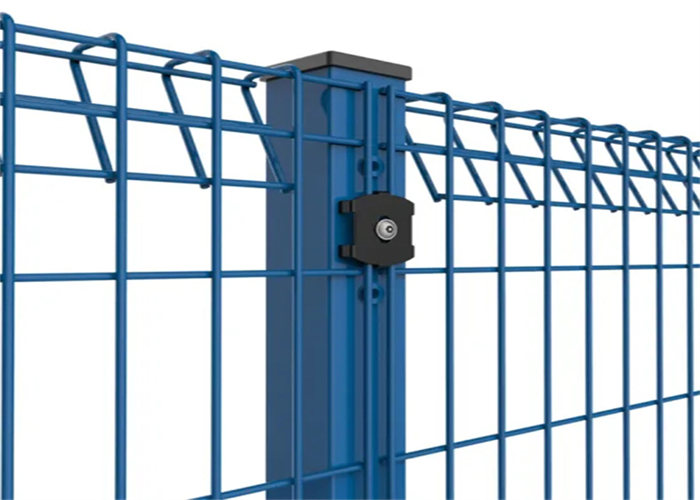
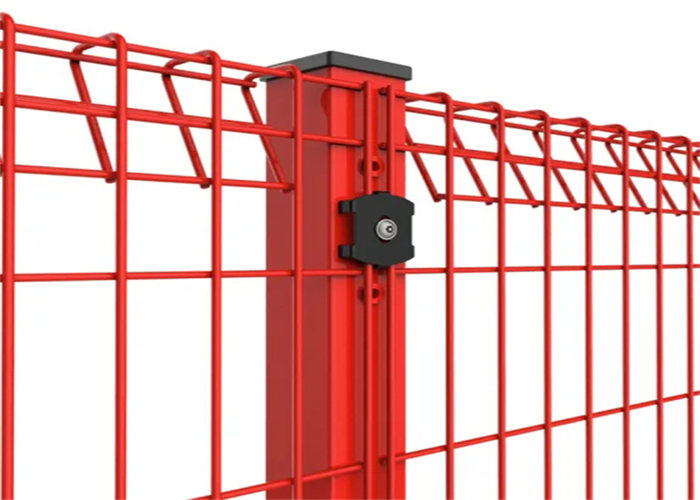
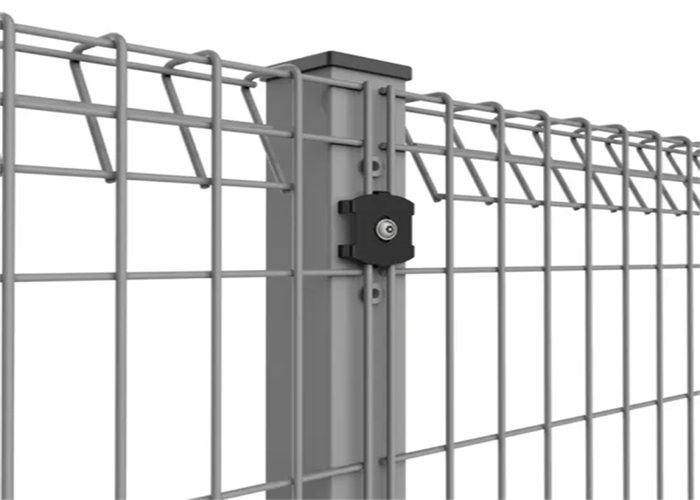
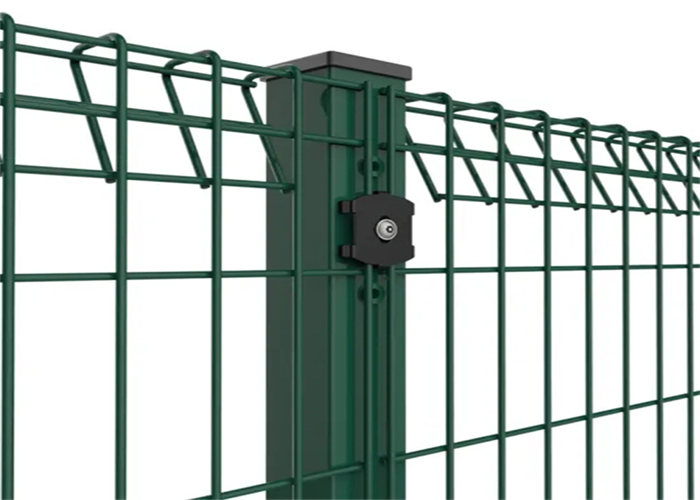
Description of the Unique Rolled Edges for Safety:
One of the standout features of BRC fencing is its unique rolled edges. At the top and bottom of each fence panel, the wire is curved over and back onto itself. This creates a smooth, rounded edge instead of a sharp one. Why is this important? Safety is the main reason. In places where people, especially kids, are around, like parks or schools, these rolled edges mean no one gets scratched or hurt by the fence. It's a simple design choice that makes a big difference in making the fence user-friendly and safe.
BRC Fences: Where They Shine and Why They're Great
Applications and Use-Cases:
-
Residential Areas: BRC fences are perfect for homes. They keep the property safe and look good too. You can use them as garden fences or boundary fences to mark where your property ends.
-
Commercial Properties: For businesses like shops or offices, BRC fences offer security without blocking the view. They're strong enough to keep the area secure but still let people see in and out.
-
Parks and Playgrounds: Since they're safe with no sharp edges, these fences are great for places where kids play. They keep the play area secure and make sure the kids stay where you can see them.
-
Schools: Schools use BRC fences a lot. They help keep students safe inside the school grounds and keep unwanted visitors out.
-
Industrial Sites: For factories or warehouses, BRC fences provide a sturdy barrier that's easy to set up and lasts a long time.
-
Public Buildings: Places like libraries or government buildings use these fences to balance security with a welcoming look.
Benefits and Advantages:
-
Safety First: The lack of sharp edges on BRC fences means they're super safe. This is especially important in places where kids or lots of people are around.
-
Built to Last: Made from strong steel and often coated to prevent rust, these fences are tough. They can handle weather, wear and tear, and still last for years.
-
Looks Good: With different colors available, BRC fences can match any style. Whether you like classic black or bright white, there's a color for you.
-
Easy to Handle: Setting up a BRC fence isn't a big hassle. It's pretty straightforward and doesn't need much upkeep. This makes it a convenient choice for many people.
Overview of Installation Process:
Putting up a BRC fence is pretty straightforward, but it does require some planning and the right tools. Generally, the process involves setting up posts, attaching the fence panels to these posts, and then making sure everything is secure and stable.
Steps for Installing BRC Fences:
-
Plan Your Layout: First, decide where your fence will go. Mark the ground where you’ll place the fence posts.
-
Set the Posts: Dig holes for the posts at regular intervals along your marked line. The holes should be deep enough to hold the posts firmly. Once the posts are in the holes, use concrete to set them in place. Make sure they're straight and aligned.
-
Attach the Panels: Once the posts are set and the concrete has dried, attach the fence panels to the posts. This usually involves using clamps or brackets. You'll attach these to the posts and then secure the panels to the clamps or brackets.
-
Ensure Stability and Alignment: As you attach each panel, check that everything is aligned correctly and the panels are level. Adjust as necessary.
-
Finish Up: After all the panels are in place, you can add any final touches. This might include capping the posts or applying additional protective coating to the fence.
What is BRC Fencing Necessary Components and Accessories:
- Fence Panels: These are the main part of your fence, the wire mesh sheets.
- Posts: These support the panels. They can be metal or sometimes concrete.
- Clamps or Brackets: These are used to attach the panels to the posts.
- Concrete: For setting the posts in the ground.
- Caps for Posts: These cover the top of the posts and can protect them from weather damage.
- Tools: Basic tools like a shovel for digging post holes, a spirit level for checking alignment, and wrenches for tightening clamps or brackets.
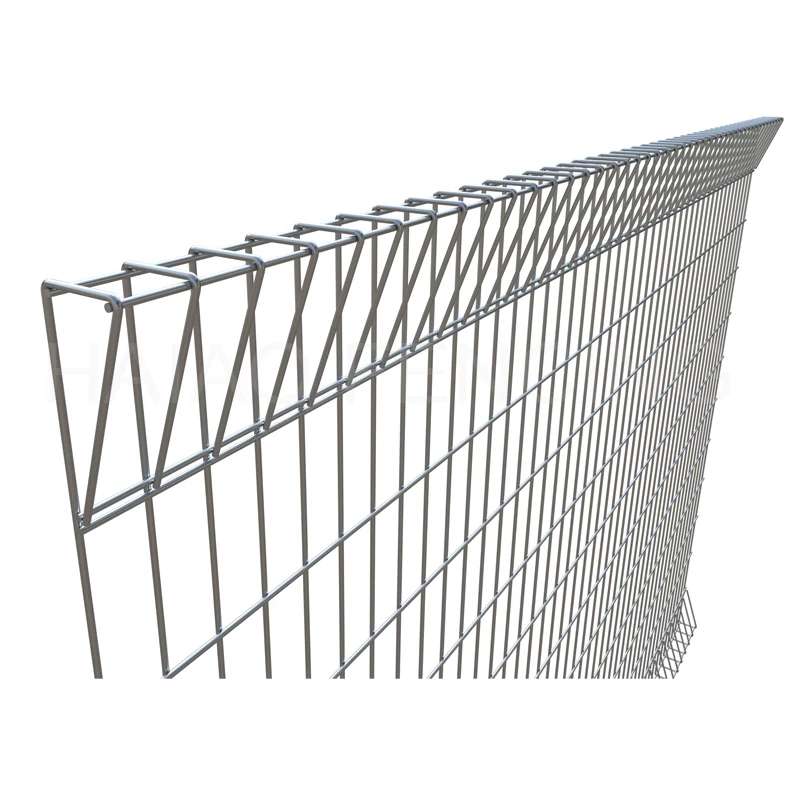 Fence panel
|
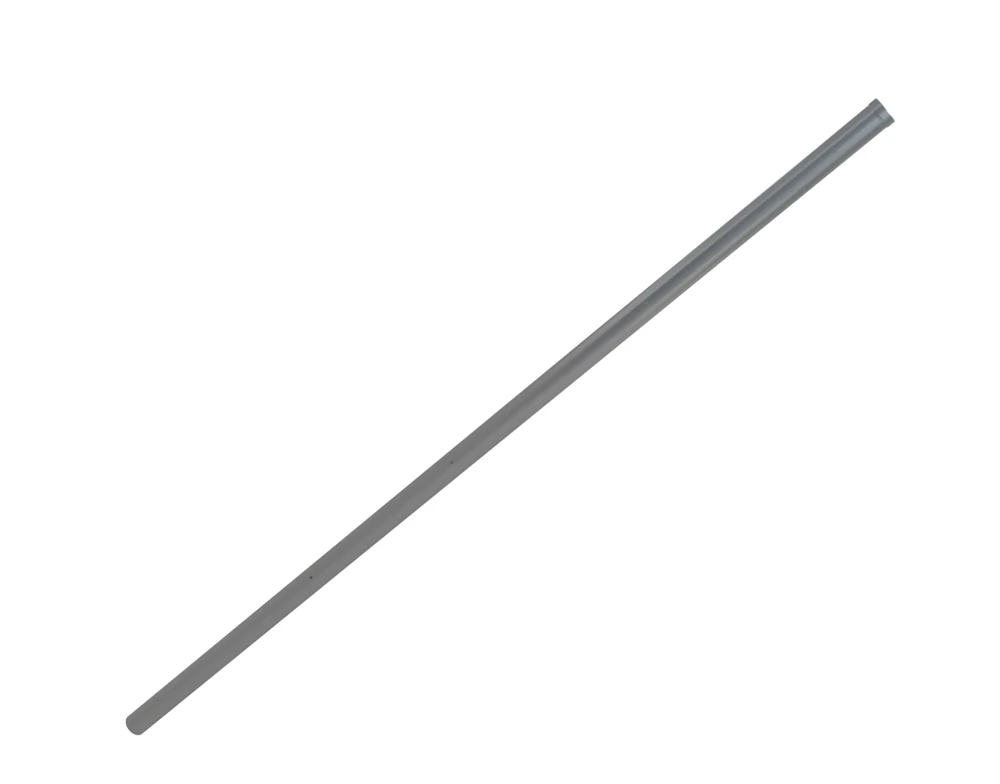 Fence post
|
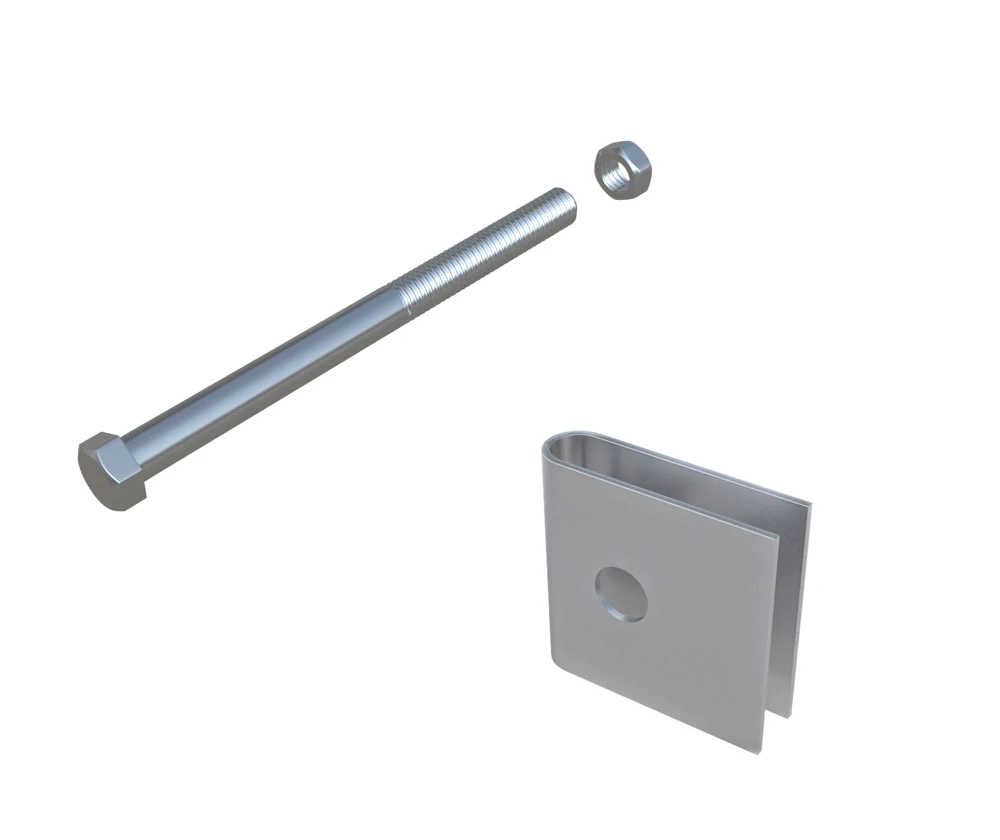 Bolts&nuts and U-clip
|
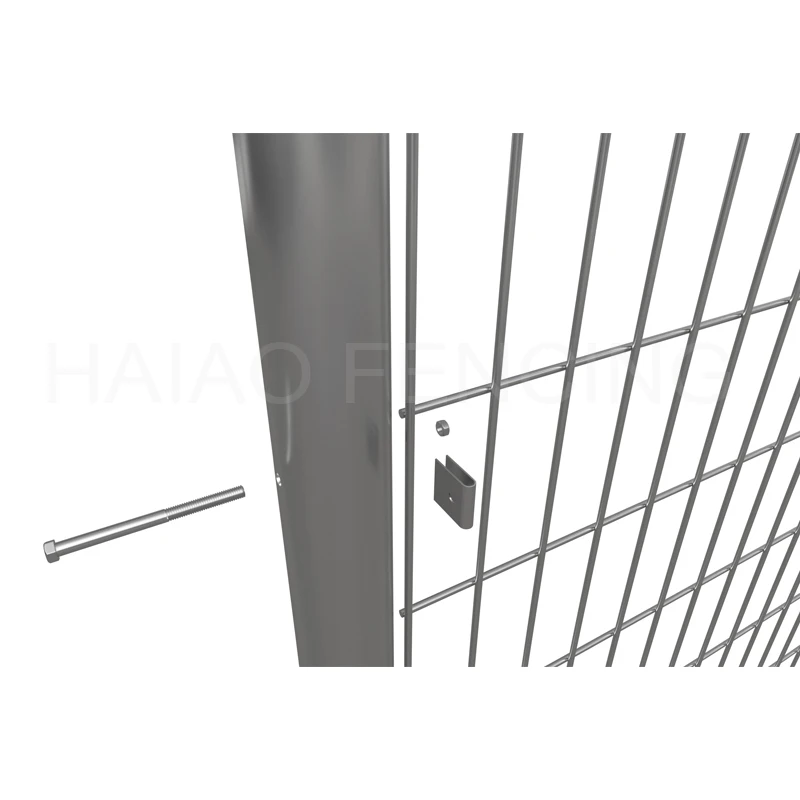 Installation details
|
Comparison with Other Fencing Solutions:
-
Chain Link Fences: These are also metal fences but with a diamond-shaped pattern. BRC fences are safer because they don't have sharp edges like chain link fences. They also look neater and more modern.
-
Wooden Fences: Wood fences offer privacy but can rot or get damaged by insects. BRC fences last longer and need less care.
-
Brick Walls: Brick walls are strong and offer privacy, but they can be expensive and take time to build. BRC fences are quicker to install and more cost-effective.
-
Vinyl Fencing: This type of fencing is low maintenance like BRC fences, but it might not be as strong or suitable for heavy-duty use.
Situations Where BRC Fencing is a Better Choice:
- In Public Spaces: Parks and schools benefit from BRC fences because they are safe and durable.
- For Security: BRC fences are strong and hard to break through, making them good for security.
- When Budget Matters: If you want a fence that's both affordable and long-lasting, BRC fences are a great choice.
Maintenance and Care of BRC Fences:
-
Regular Cleaning: Keep your fence clean from dirt and debris. This can be as simple as spraying it down with water.
-
Check for Damage: Every once in a while, check your fence for any signs of rust or damage, especially after harsh weather.
-
Touch-Up Paint: If your fence has a powder coating, you can touch up any spots where the paint has chipped away to prevent rust.
-
Lubricate Hinges and Locks: If your fence has a gate, make sure to keep the hinges and locks lubricated for smooth operation.
-
Avoid Heavy Loads: Don’t put heavy weight against the fence, as it can bend or damage the mesh.
Conclusion What is BRC Fencing :
In summary, BRC fences stand out for their safety, durability, and modern look. They are more versatile than many other types of fences and offer a great balance between cost, ease of installation, and maintenance. Whether for a home, a school, or a commercial property, BRC fences are a reliable and smart choice. They're especially good in situations where safety and durability are top priorities. With proper care, a BRC fence can serve well for many years, making it a wise investment for various applications.
Latest News
Contact Us

Name: Frank
Tel: 0086-17121115666
Fax: 0086-318-7883678
Mobile: 0086-17121115666
E-mail: canada@construction-fence.com
QQ: 9651140@qq.com
WeChat: wirefence
Whatsapp: 8615690482714



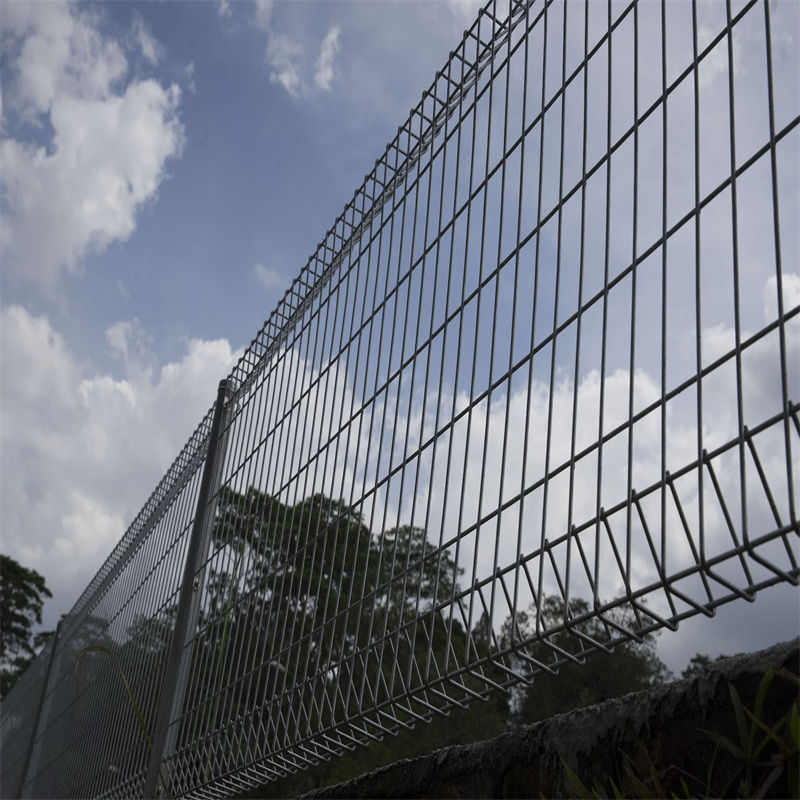



 WhatsApp
WhatsApp  Mail inquiry
Mail inquiry QQ online
QQ online
